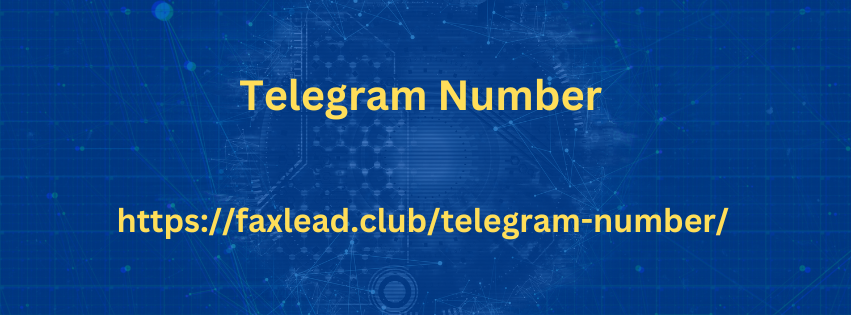|
|
Data visualization PDFs offer a versatile and effective way to present information in a clear, concise, and visually appealing manner. They are ideal for sharing reports, presentations, or simply documenting insights. Key Considerations for Creating Effective Data Visualization PDFs Choose the Right Tools: Specialized software: Consider tools like Tableau, Power BI, or Excel for creating interactive visualizations. Programming languages: Python (with libraries like Matplotlib, Seaborn, or Plotly) and R can offer more flexibility for complex visualizations. PDF creation tools: Adobe Acrobat Pro or online converters can be used to convert visualizations from other formats to PDF. Prioritize Clarity and Simplicity: Use clear titles and labels: Ensure that viewers can easily understand what the visualization represents.
Choose appropriate chart types: Select charts that best convey the story you want to tell (e.g., bar charts for comparisons, line charts for trends). Avoid clutter: Keep your visualizations clean and uncluttered. Too much information Telegram Number can be overwhelming. Consider Accessibility: Use high-contrast colors: Ensure that text and visuals are easily readable for people with visual impairments. Provide alternative text for images: Use "alt text" to describe the content of images for screen readers. Optimize for Printing and Digital Viewing: Adjust resolution: Ensure that images are high-resolution for clear printing. Consider file size: Large PDFs can be slow to download or view online. Optimize file size without compromising quality.

Popular Data Visualization Techniques for PDFs Bar charts: Compare values across categories. Line charts: Show trends over time. Pie charts: Represent parts of a whole. Scatter plots: Show relationships between two variables. Maps: Visualize geographic data. Infographics: Combine text, visuals, and data to tell a story. Example PDFs Annual Reports: Companies often use PDFs to present financial data and performance metrics. Research Papers: Scientists use PDFs to share findings and visualizations. Marketing Presentations: Businesses use PDFs to showcase product features, market trends, and customer insights.
|
|